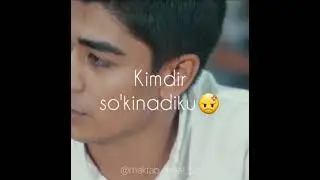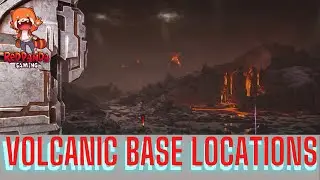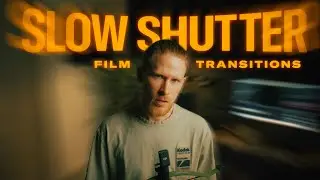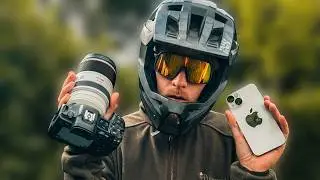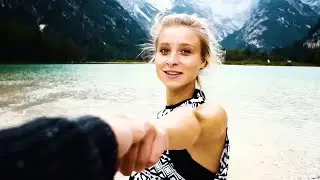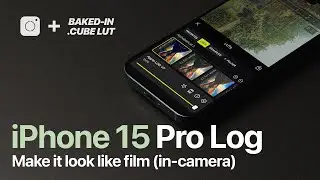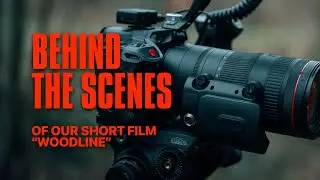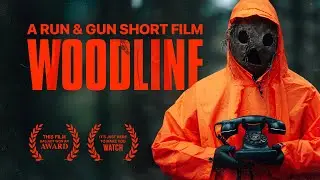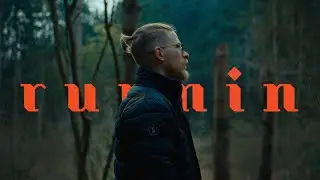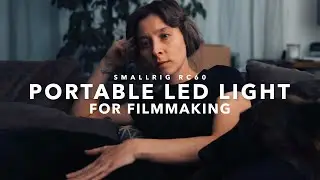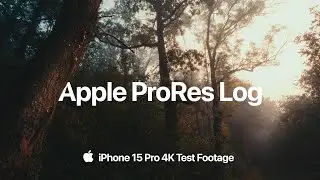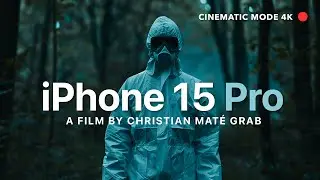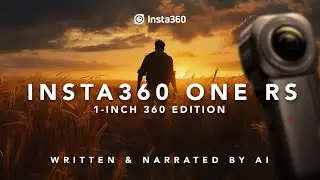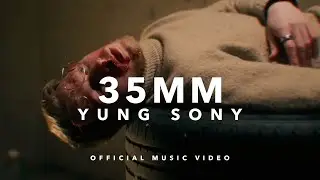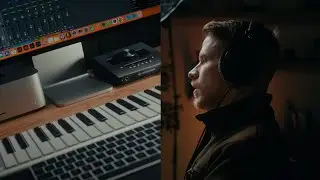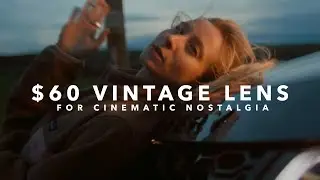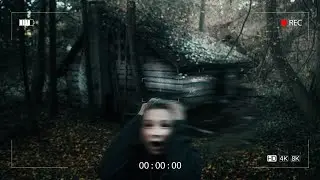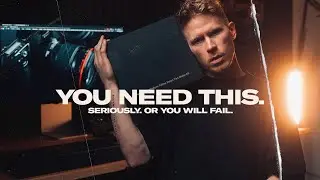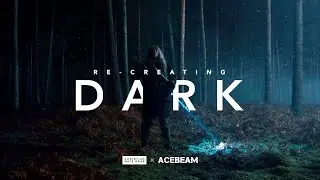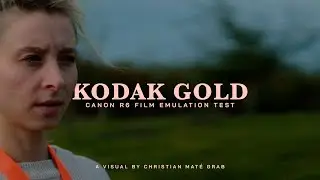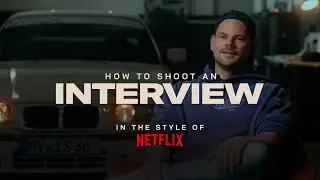How to create SLOW SHUTTER Effect Transitions
In this short tutorial I show you how to use slow shutter speeds in-camera to create stunning step-print transitions for your videos.
Get my SLOW SHUTTER TRANSITIONS 👉🏼 https://cinem8.co/products/slow-shutt...
Visit my new Filmmaking Shop 🎥 https://cinem8.co
Elevate your video editing game with my brand-new pack featuring over 25 stunning slow shutter transitions, now available on CINEM8.CO. These dreamy, filmic transitions are designed for seamless drag-and-drop integration into any video editing software, including Final Cut Pro X, Premiere Pro, DaVinci Resolve, and more.
🎞️ What is Step-Printing?
Step-printing is a cinematic technique used to create a dreamy, surreal effect in film and video. This method involves duplicating frames, which results in a slow-motion effect that appears choppy and stylized, giving your footage a unique visual rhythm. Originally popularized in classic films, step-printing can add a nostalgic or otherworldly atmosphere to modern projects. By manipulating the frame rate and duplicating frames during the editing process, filmmakers can achieve this distinct look, making it a powerful tool for storytelling and artistic expression.
🎥 How to create these Effects In-Camera
Creating slow shutter effects in-camera involves adjusting your camera settings to lower the shutter speed, allowing more light to hit the sensor and capturing more motion in each frame. To achieve this, set your camera to a low shutter speed—typically below 1/30th of a second - I mostly used 1/16th for my transitions.
This will result in a blurrier image as the sensor records the movement of objects over a longer period. Pair this with fast, deliberate movements of the camera or the subject to enhance the dreamy, surreal effect. This technique is perfect for capturing light trails, water motion, or any scene where you want to convey fluidity and motion.
Musicbed SyncID
MB012E7DZGUZLAJ

